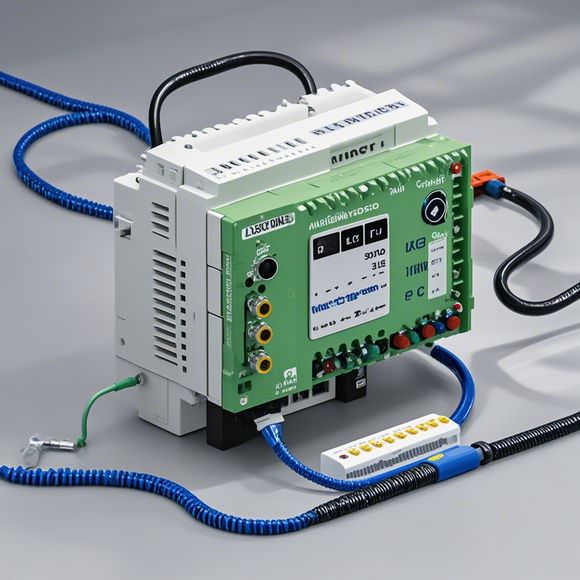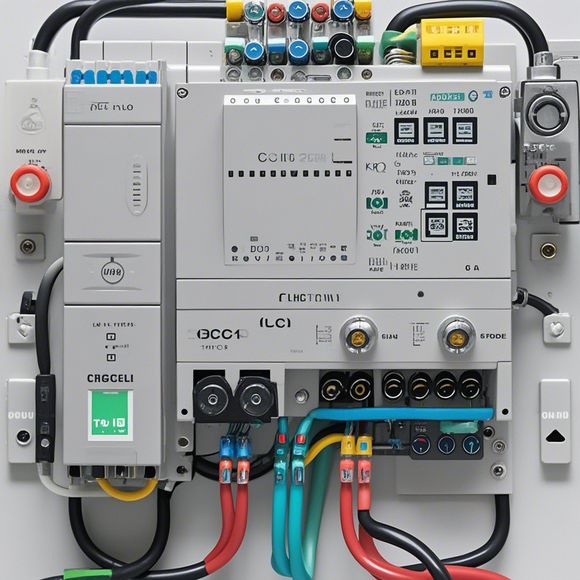Pump PLC Control System: A Comprehensive Guide to Implementing and Managing
Introduction:
The pump PLC (Programmable Logic Controller) control system is a crucial tool for managing and operating industrial pumps efficiently. It provides the flexibility to adjust the settings according to the specific requirements of the process, ensuring optimal performance and minimizing downtime. In this guide, we'll delve into the intricacies of setting up and maintaining a pump PLC system, from initial setup to troubleshooting common issues.
Setting Up the Pump PLC System:

To begin with, it's essential to understand the basic components of a pump PLC system. These include the PLC itself, sensors, actuators, and various input/output modules. The first step involves selecting the appropriate PLC model that matches your needs, taking into account factors such as processing speed, memory capacity, and connectivity options. Once you have chosen the PLC, you'll need to connect it to the pump's control panel using appropriate wiring. This involves connecting the PLC's outputs to the actuators, and input signals to the sensors that monitor the pump's performance parameters.
Programming the PLC:
Once the hardware is set up, programming becomes the next step. The programming language used depends on the manufacturer of the PLC and the specific requirements of the application. Common programming languages include ladder logic, function blocks, and structured text. Ladder logic is ideal for simple control loops, while function blocks offer more flexibility for complex processes. Structured text is suitable for beginners who need to learn the basics of programming. Once you have selected a programming language, you'll need to create a program that defines the desired behavior of the pump. This includes setting up the control loops, defining the limits of the pump's operation, and implementing safety features like overload protection.
Monitoring and Maintenance:
After programming the PLC, it's crucial to monitor and maintain the system regularly. This involves checking the sensors and actuators for any signs of wear or damage, ensuring that the software is up-to-date, and performing regular maintenance tasks such as cleaning the PLC and replacing worn-out parts. Proper maintenance can help prevent costly downtime and extend the lifespan of the PLC system.
Troubleshooting Common Issues:

In case of any issues, it's essential to know how to troubleshoot them quickly. Some common issues include incorrect sensor readings, faulty actuators, and communication problems between the PLC and other devices. To resolve these issues, you may need to check the connections, update the firmware, or consult with technical support.
Conclusion:
In conclusion, setting up a pump PLC system requires careful planning and attention to detail. From programming the PLC to monitoring and maintaining the system, there are numerous steps to consider. By following this guide, you'll be able to effectively manage and operate your industrial pumps using a pump PLC control system. Remember to stay updated with the latest developments in the industry and seek professional advice when needed. With proper implementation, a pump PLC system can significantly improve efficiency, reduce downtime, and enhance overall plant performance.
Content expansion reading:
Articles related to the knowledge points of this article:
How to Use a PLC Controller for Your Business
Connecting a PLC Controller to Your Computer
Effective Strategies for Handling PLC Control System Faults
What is a Programmable Logic Controller (PLC)
PLC Controller Advantages: A Comprehensive Guide for Success in Global Trade